Petroleum-Based Jet Fuel Production and SAF
Conventional jet fuel is made in oil refineries by a variety of processes that convert crude oil into intermediate streams that boil within the allowable range of jet fuel. These intermediates, called kerosene, are then blended together so that the final product meets jet fuel specifications. The amount of refining needed to produce finished fuel…







